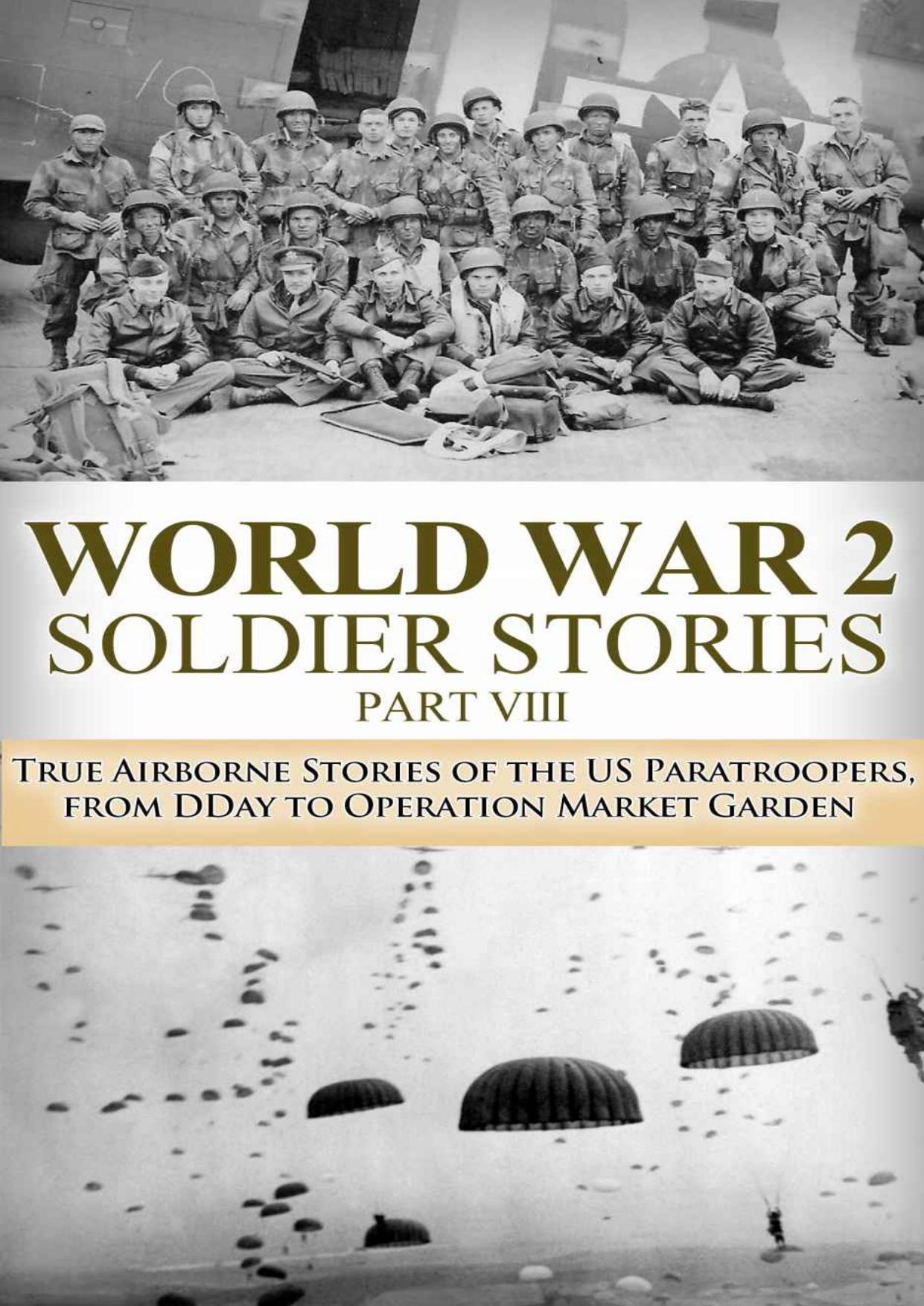World War 2 Soldier Stories VIII: True Airborne Stories of the US Paratroopers, from D-Day to Operation Market Garden by Ryan Jenkins

Author:Ryan Jenkins [Jenkins, Ryan]
Language: eng
Format: mobi, pdf, epub
Publisher: Success First Publishing
Published: 2014-11-03T16:00:00+00:00
West is at the top, north to the right. The bridge itself is just a few yards from the orchard at the bottom of the frame just after the manor house on the left of the road. The tiny village of Cauquigny sits to the right of the road near the center of the photo. In 1944, much of the surrounding area on both side of the road was flooded as shown upper left. Gavin's foxhole was/is at the point of the orchard
The bridge today, looking west towards Cauquigny
By June 9th, three days after the invasion, the bridge was contested and the causeway area still in German hands. Unless it was taken, units from Utah would be held up, exposing the whole beachhead area to counter-attack. 1st Battalion, 505th PIR established defenses on the eastern side of the bridge over the Merderet River on June 6th and taken heavy losses. They were relieved by a force made up of stragglers around a core of men from Company A, 1st Battalion 507th PIR, under Captain Robert Rae, who had held the ground since then against repeated German attacks and constant shelling.
The area around La Fiere was so important that the Corps Commander for the area,VII Corps, which included the 82nd, 101st, four infantry divisions, two armored battalions and two squadrons of mechanized infantry (4th Cavalry Group), Major General J. Lawton Collins, the 4th Infantry Division commander Raymond Barton, Major General Ridgway and General Gavin (commander and deputy commander of the 82nd), met in a sunken road about five hundred yards to the east of the bridge to discuss what they would do.
General Collins wanted to move the 90th Division forward and have them assault the bridge, believing that the 82nd, having fought all night, and lacking much of the equipment they left England with (much of it in sunken or partially sunken gliders throughout the landing zone), was too exhausted and disorganized to assault the bridge and clear the area. He asked Ridgway what he thought should be done. Ridgway was unequivocal: La Fiere was his divisionâs objective. He knew they could take it, and he was not about to ask other men to fight and die for an objective that his unit could not take. He looked at Collins and said, âThis is the only mission this division has not accomplished and we will complete it.â The officers and men of the 82nd standing nearby, beginning to feel downcast with the thought that their mission was going to be taken from them, heard their commander's words and suddenly felt as if a wave of restorative energy had passed through them. General Barton of the 90th told Ridgway, âWhatever you need, Matt, it's yours. Trucks, guns ammunition.â Ridgway went to Gavin and said, âYou are in charge. We attack at 0930.â An artillery officer from the 90th Division, whose guns had already been assigned to the 82nd's efforts, told the generals that he needed an extra hour to get his guns in position from the beach.
Download
World War 2 Soldier Stories VIII: True Airborne Stories of the US Paratroopers, from D-Day to Operation Market Garden by Ryan Jenkins.pdf
World War 2 Soldier Stories VIII: True Airborne Stories of the US Paratroopers, from D-Day to Operation Market Garden by Ryan Jenkins.epub
This site does not store any files on its server. We only index and link to content provided by other sites. Please contact the content providers to delete copyright contents if any and email us, we'll remove relevant links or contents immediately.
What's Done in Darkness by Kayla Perrin(26267)
Shot Through the Heart: DI Grace Fisher 2 by Isabelle Grey(18794)
Shot Through the Heart by Mercy Celeste(18680)
The Fifty Shades Trilogy & Grey by E L James(18562)
The Subtle Art of Not Giving a F*ck by Mark Manson(13884)
The 3rd Cycle of the Betrayed Series Collection: Extremely Controversial Historical Thrillers (Betrayed Series Boxed set) by McCray Carolyn(13835)
Stepbrother Stories 2 - 21 Taboo Story Collection (Brother Sister Stepbrother Stepsister Taboo Pseudo Incest Family Virgin Creampie Pregnant Forced Pregnancy Breeding) by Roxi Harding(12738)
Scorched Earth by Nick Kyme(12501)
Drei Generationen auf dem Jakobsweg by Stein Pia(10731)
Suna by Ziefle Pia(10665)
Scythe by Neal Shusterman(10008)
International Relations from the Global South; Worlds of Difference; First Edition by Arlene B. Tickner & Karen Smith(9275)
Successful Proposal Strategies for Small Businesses: Using Knowledge Management ot Win Govenment, Private Sector, and International Contracts 3rd Edition by Robert Frey(9089)
This is Going to Hurt by Adam Kay(8713)
Dirty Filthy Fix: A Fixed Trilogy Novella by Laurelin Paige(7322)
How to Make Love to a Negro Without Getting Tired by Dany LaFerrière(6727)
He Loves Me...KNOT by RC Boldt(6617)
Unleashing the Power of UX Analytics: Proven techniques and strategies for uncovering user insights [Team-IRA] [True PDF] by Jeff Hendrickson(6239)
Interdimensional Brothel by F4U(6078)
